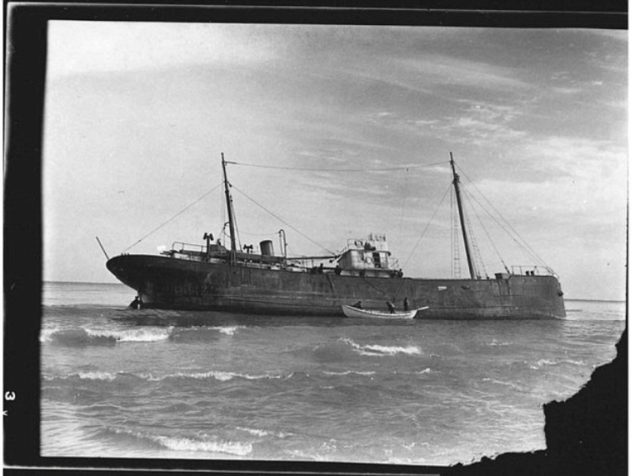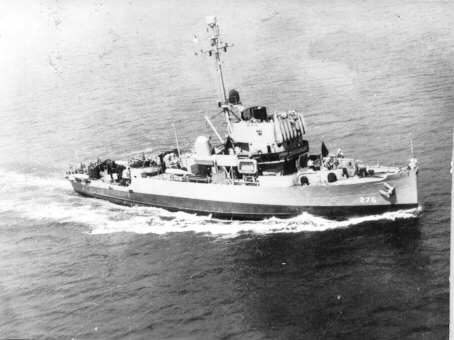Back in 1939, a 155-foot freighter named Lutzen sunk with only one life lost outside of Cape Cod. It was carrying a cargo of 230 tons of frozen blueberries. On February 3, 1939, the ship was sailing in fog when it ran aground on a sand bar just off the city of Orleans. The area where it initially became stuck is designated as an “ocean graveyard” by the National Park Service, because of the shoals and sandbars which, due to the currents in the area between Provincetown and Chatham off the Cape, are ever moving and changing. A recent count has shown that this area has over 1,000 wrecks littering the ocean floor, which makes it even more dangerous for inattentive or novice captains plying its waters.

The lost life was due to the crew attempting to lower a dory into the tumbling surf and the small boat capsizing. The ship was unable to be moved off the sand bar, and things became more complicated as she was tossed by the seas higher onto the sands. So the locals were paid to help unload the frozen blueberries. The fruit did not stay frozen long and in the end was distributed locally, where it is assumed the locals enjoyed many a blueberry pie. Eventually, the ship was overturned by waves and lost in the ocean where it remains, Mail Online reported.
Before its untimely demise, the Lutzen had been one of a fleet of six trawlers built by the Canadian Car and Foundry Company. The French Navy used it as a minesweeper in the English Channel in World War I. As with many a ship that survived the war, it was later converted to private use and used to transport cargo. On its ill-fated trip, it was traveling from New Brunswick to New York City.

New sensor images taken on September 26th, 2016, have shown that the Lutzen has begun to emerge again from among the shifting shoals and sandbanks. It sits in 20 feet of water with the bow and stern visible. It is one of the many wrecks in that area that come and go from view depending on storms, currents, and shifting sand.
It rests on the seabed on the Atlantic side of Nauset Beach. Views are available online of the recent sonar images which have been added to the slowly but steadily growing online profile of the 77-year-old wreck.
